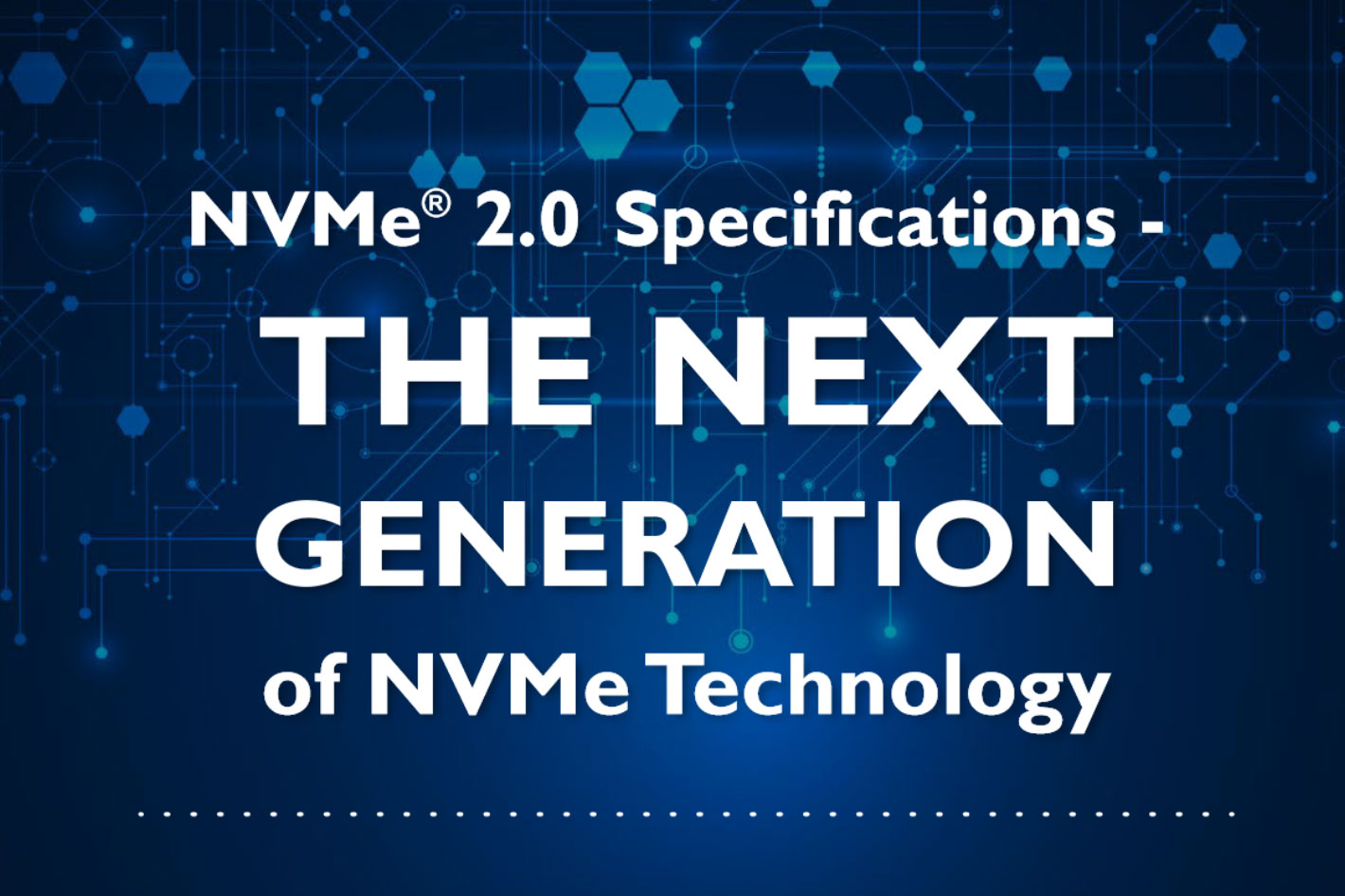
Since its inception in 2011, NVMe technology has seen explosive growth from SSDs into large data centers, but also for a variety of other uses. NVM Express, Inc. the non-profit organizations behind the project developed multiple specifications to deliver high bandwidth and low latency storage in all types of computing environments. Now it is time to introduce new features that continue to expand the limits of NVMe technology. And as NVMe usage expands, HDDs, which many imagined were dying, are brought back to life.
Seagate introduced last month its HDDs using Seagate MACH.2 Multi Actuator Technology to break throughput records. The highest-performing hard drive in the Seagate X class, the Exos 2X14 enterprise dual-actuator hard drive utilizes MACH.2 technology enabling up to 2× the performance of an enterprise single-actuator 3.5-inch hard drive. This means that the drive is able to reach 524 MB/s of sequential throughput, making it, probably, the world’s fastest HDD.
That’s a fast HDD, and it is the exception when you consider the HDDs available for most users to buy, but this is about to change, as HDD technology continues to evolve. Not only that, but NVMe, a technology we’ve always associated with SSD is about to change. NVM Express, Inc. announced the release of the NVM Express (NVMe) 2.0 family of specifications, and one of the new features introduces clear changes to what is possible: it brings support for HDDs.
Yes, it is true: according to NVM Express, the restructured NVMe 2.0 specifications will offer groundbreaking new features and structural specification updates that enable the future flash technology ecosystem, allowing for faster and simpler development of NVMe solutions to support the increasingly diverse NVMe device environment, now including Hard Disk Drives (HDDs).
The organization, focused on enabling broad ecosystem adoption of high performance and low latency non-volatile memory (NVM) storage through a standards-based approach, says that “the extensibility of the specifications encourages the development of independent command sets like Zoned Namespaces (ZNS) and Key Value (KV) while enabling support for the various underlying transport protocols common to NVMe and NVMe over Fabrics (NVMe-oF) technologies.”
“NVMe technology is the leading interface for SSDs, with overall worldwide enterprise SSD capacity expected to grow at a 43% compound annual growth rate into 2024,” said Jeff Janukowicz, research vice president, IDC1. “NVMe architecture is designed for future SSD development and form factors, as we enter a new era in hyperscale and enterprise computing that drives digital transformation.”
Optimize the features of NVMe 2.0
“We have rearchitected the NVMe 2.0 library of specifications to meet the evolving demands of the future of storage,” said Amber Huffman, NVM Express president. “NVMe technology has unified client, cloud and enterprise storage around a common command set and architecture. Our Technical Work Group has worked diligently to optimize the features of the NVMe 2.0 specifications for diverse market segments, allowing for emerging use cases and opening new NVMe device types.”
The new NVMe 2.0 library of specifications consist of multiple documents, including the NVMe Base specification, Command Set specifications (NVM Command Set specification, ZNS Command Set specification, KV Command Set specification), Transport specifications (PCIe Transport specification, Fibre Channel Transport specification, RDMA Transport specification and TCP Transport specification) and the NVMe Management Interface specification. The new specifications will facilitate the emerging NVMe device ecosystem, including enterprise and client solid state drives (SSDs), removable cards, compute accelerators and HDDs.
While it is confirmed that NVMe 2.0 specifications maintain backwards compatibility with previous NVMe generations, HDDs will have to change to fully explore the advantages, starting with type of connection now in use. Having a common interface for all internal storage will simplify life for users, independently of how many disks their computer includes.
Here is a list of key NVMe 2.0 features:
- The ZNS specification provides a zoned storage device interface that allows the SSD and host to collaborate on data placement. ZNS permits data to be aligned to the physical media of the SSD, improving overall device performance and cost while increasing the media capacity that can be made available to the host.
- The KV Command Set provides access to data on an NVMe SSD controller using a key rather than a block address. KV allows applications to directly communicate with the drive using key-value pairs, avoiding the overhead of translation tables between keys and logical blocks.
- Namespace Types provides a mechanism to allow an NVMe SSD controller to support the different command sets that are defined as part of the NVMe 2.0 release as well as a path for future command sets.
- NVMe Endurance Group Management enables media to be configured into Endurance Groups, exposing granularity of access to the SSD and improving control.
- Rotational Media support enables support for HDD on NVMe technology with updates to features, management capabilities and other enhancements required for HDD support.
- Multiple Controller Firmware Update defines behavior for firmware updates on complex systems with multiple controllers.
- Shutdown enhancements enable showdown control from enclosure management for simplified management of many drives at once.
- Simple Copy Command copies data from one namespace in the drive, offloading the copy operations from multiple source LBAs to a single destination LBA.
- 32/64 bit CRC expands the protection information and data protection to 32 and 64 bit allowing for new types of meta data use cases.
- Command Group Control prevents unintended changes after a system is provisioned and protects the system from unintentional or malicious changes.
